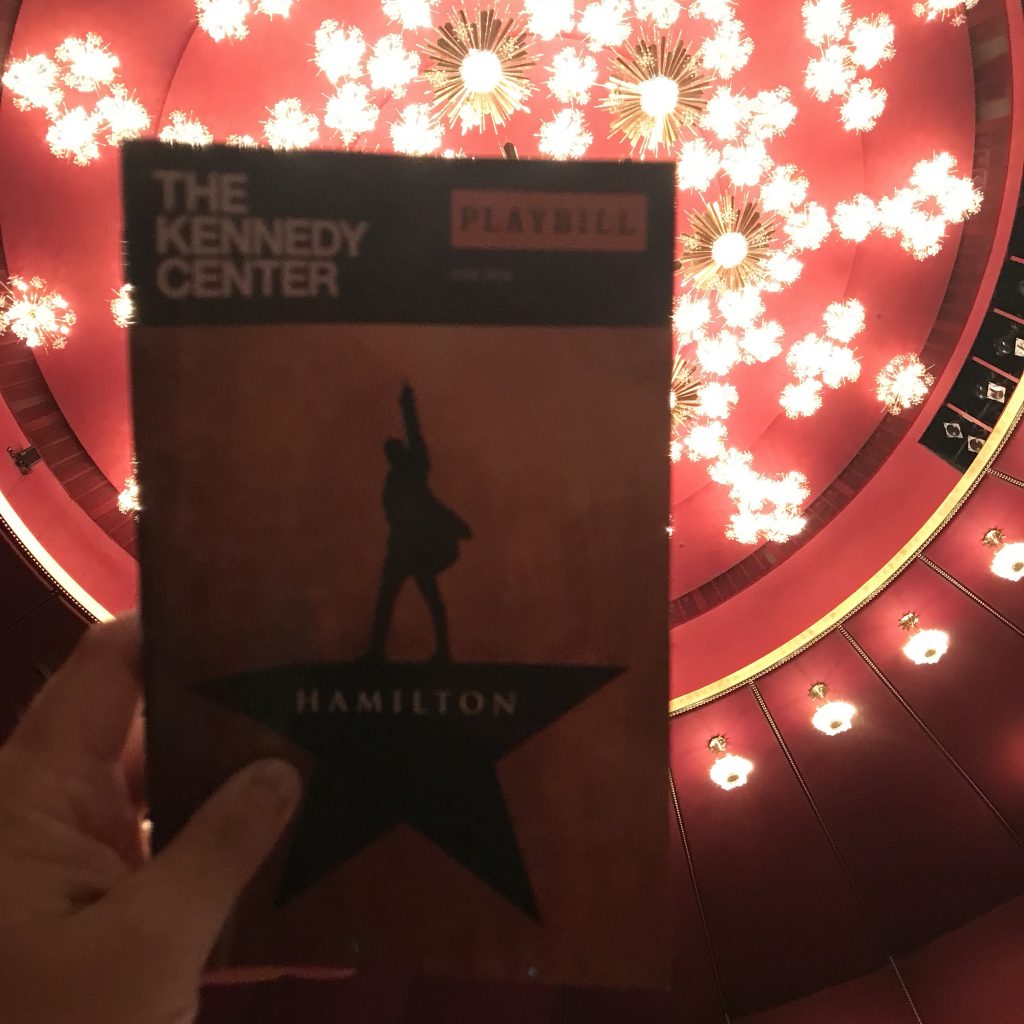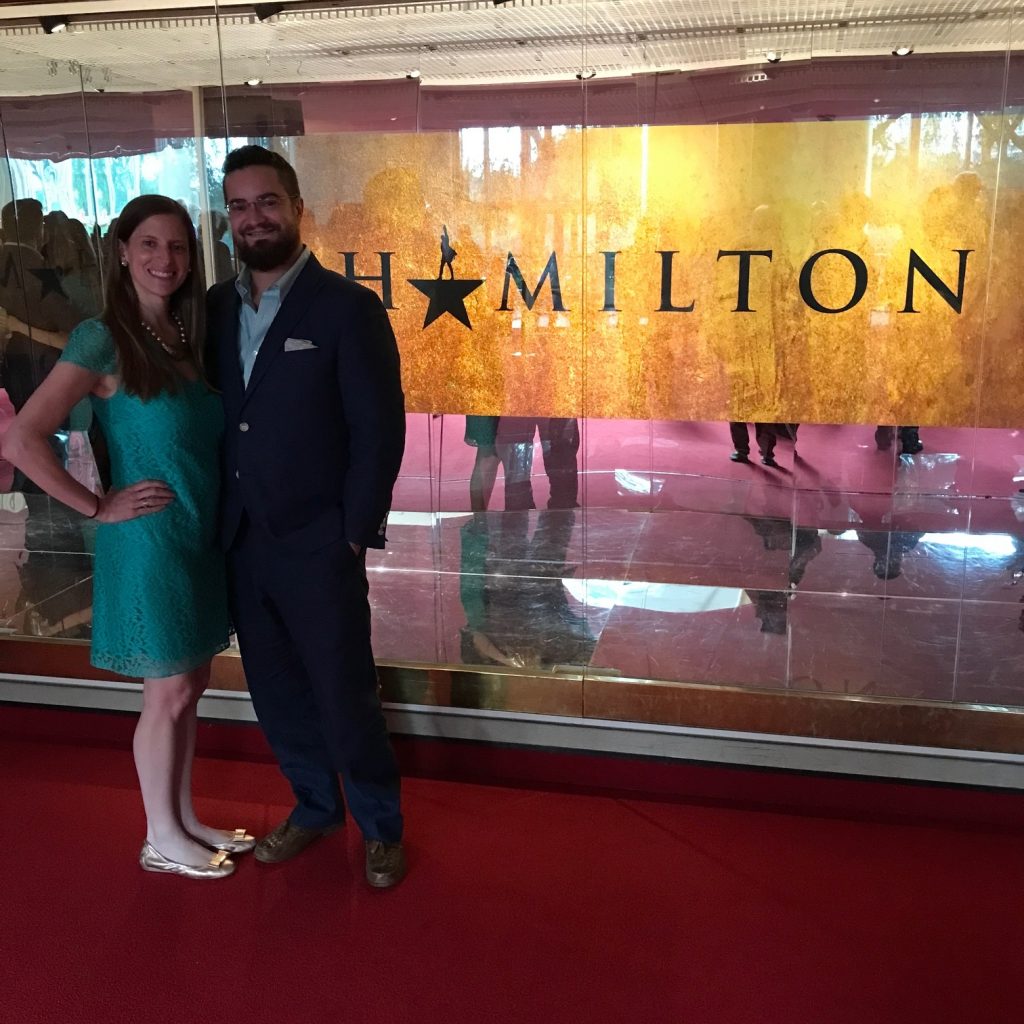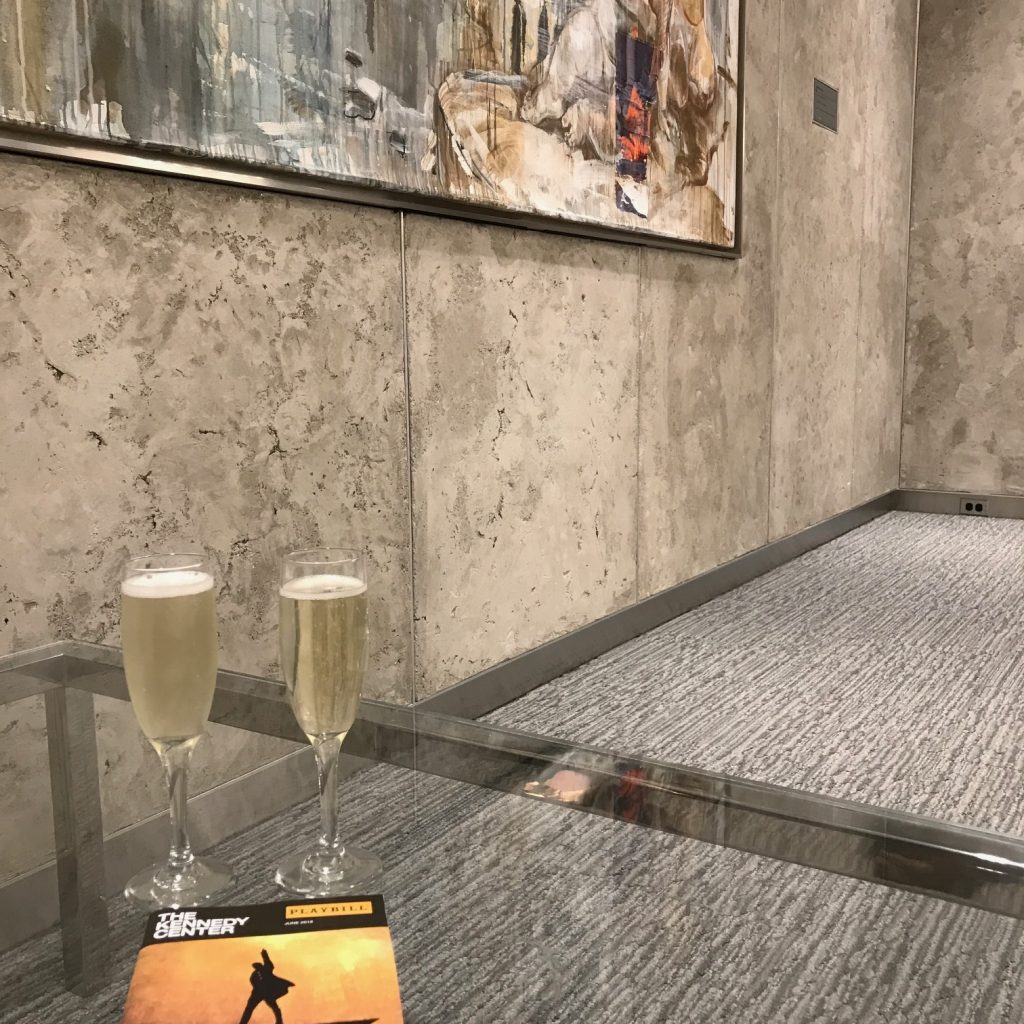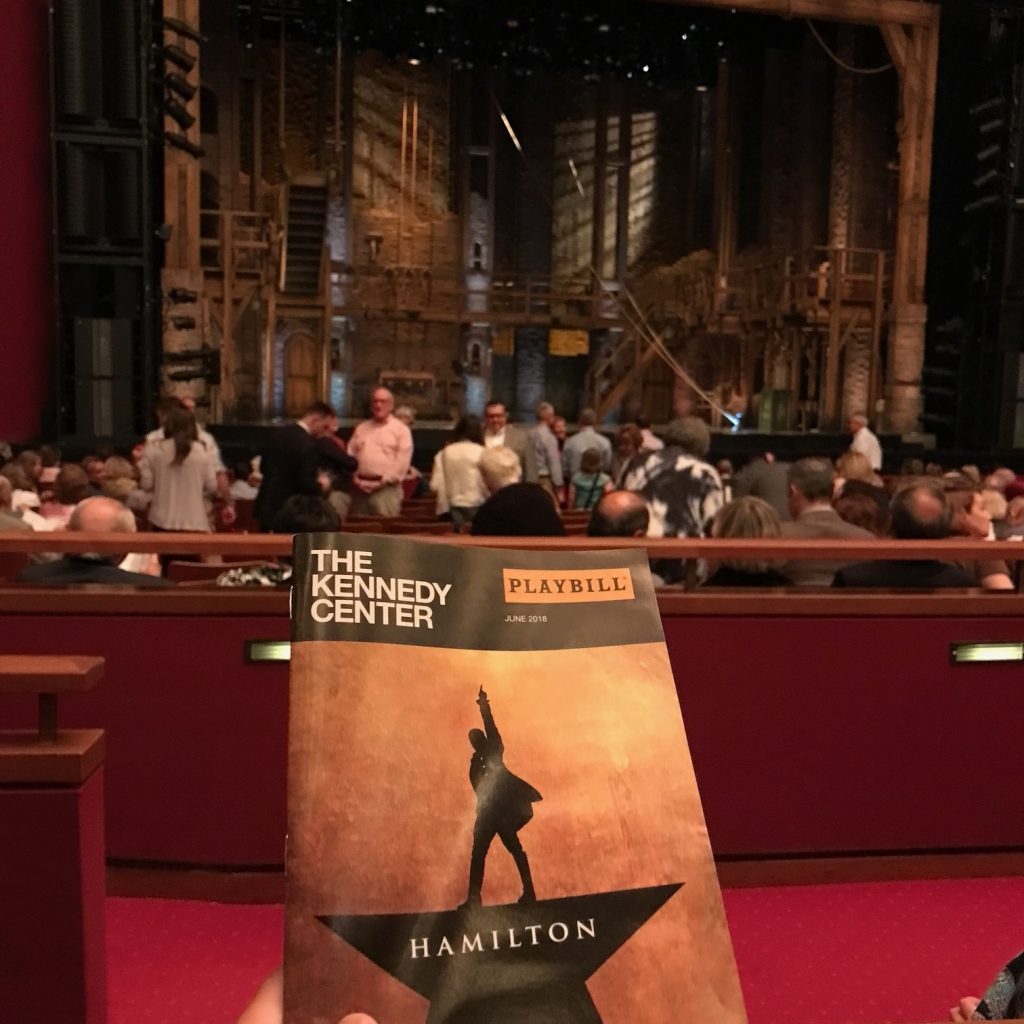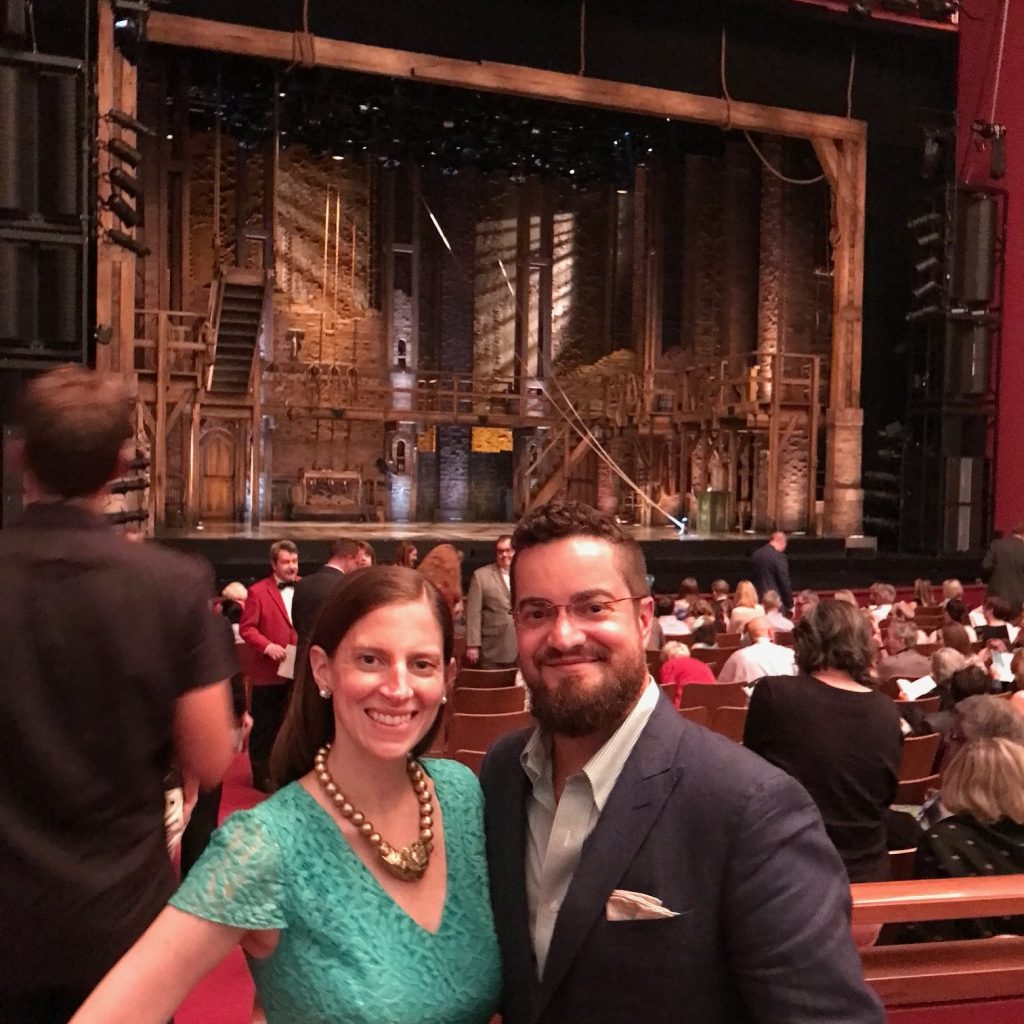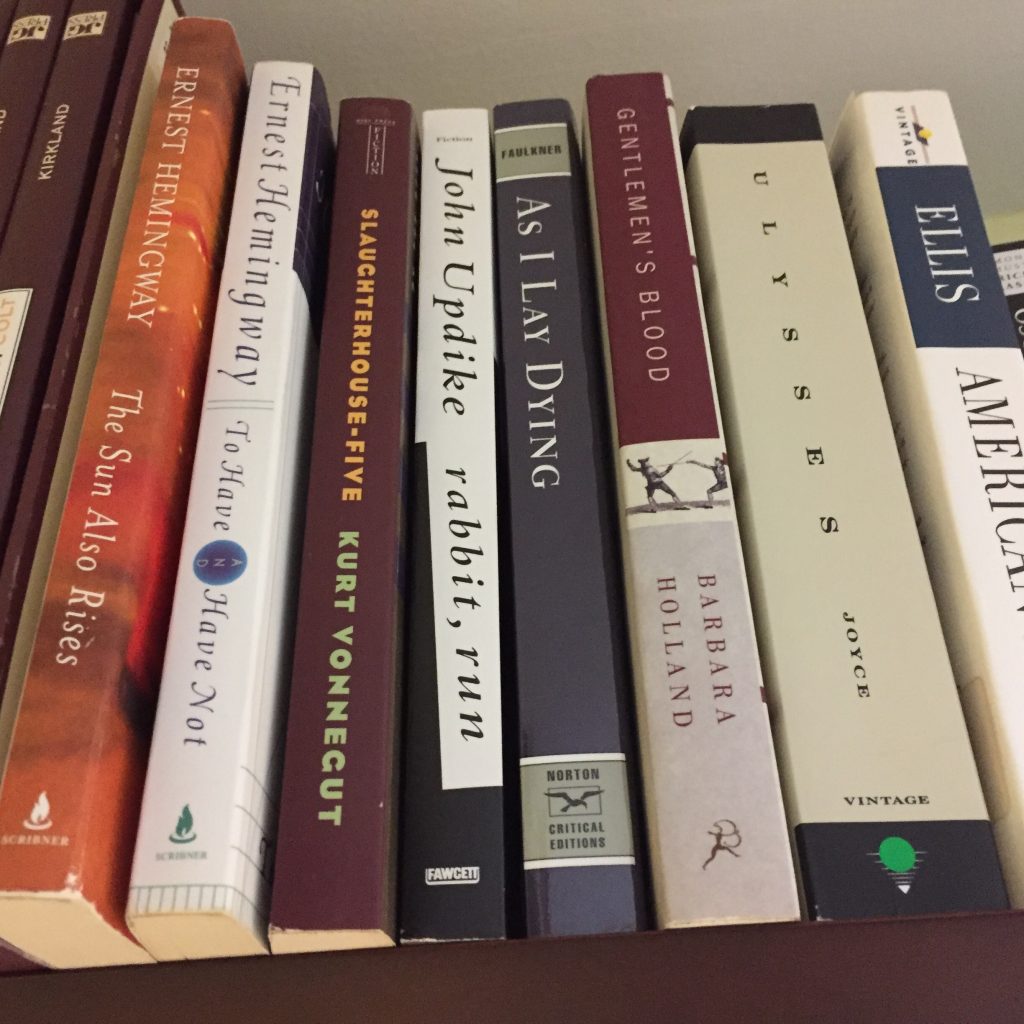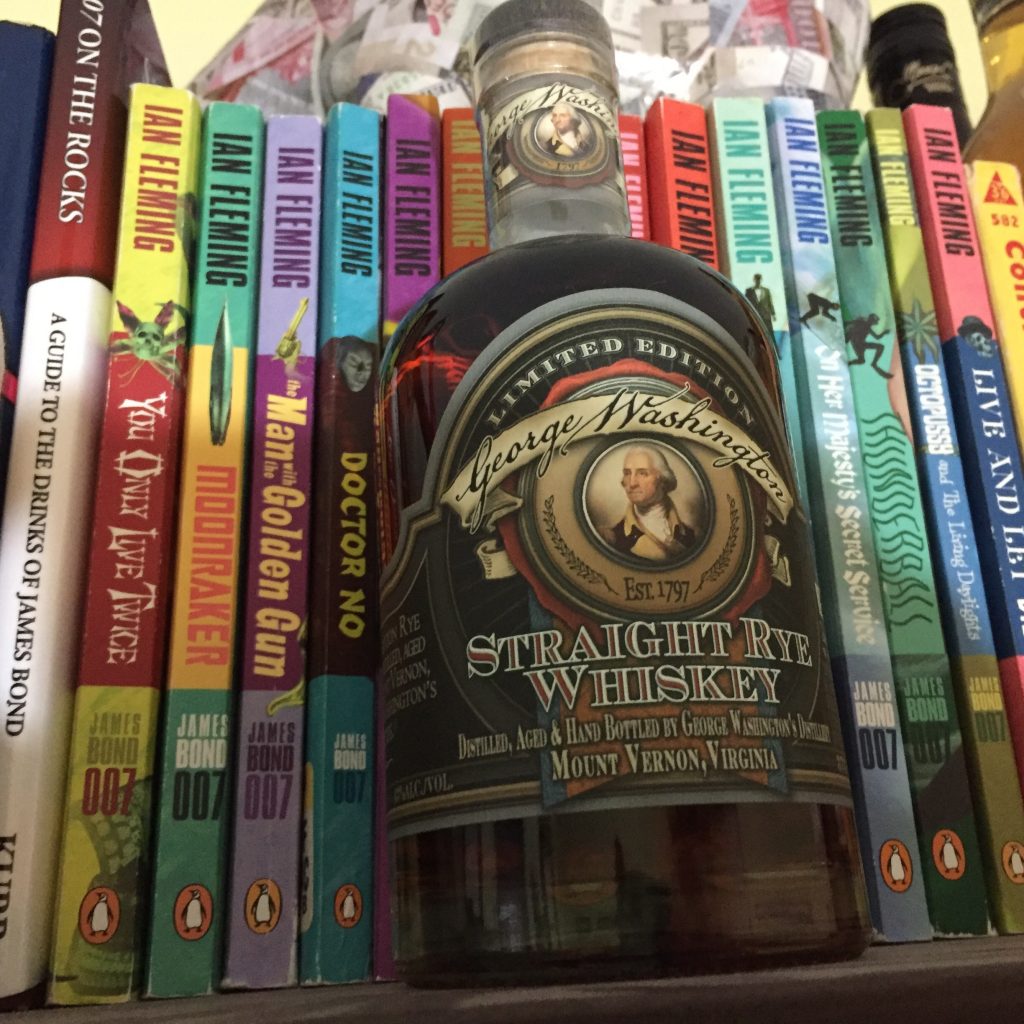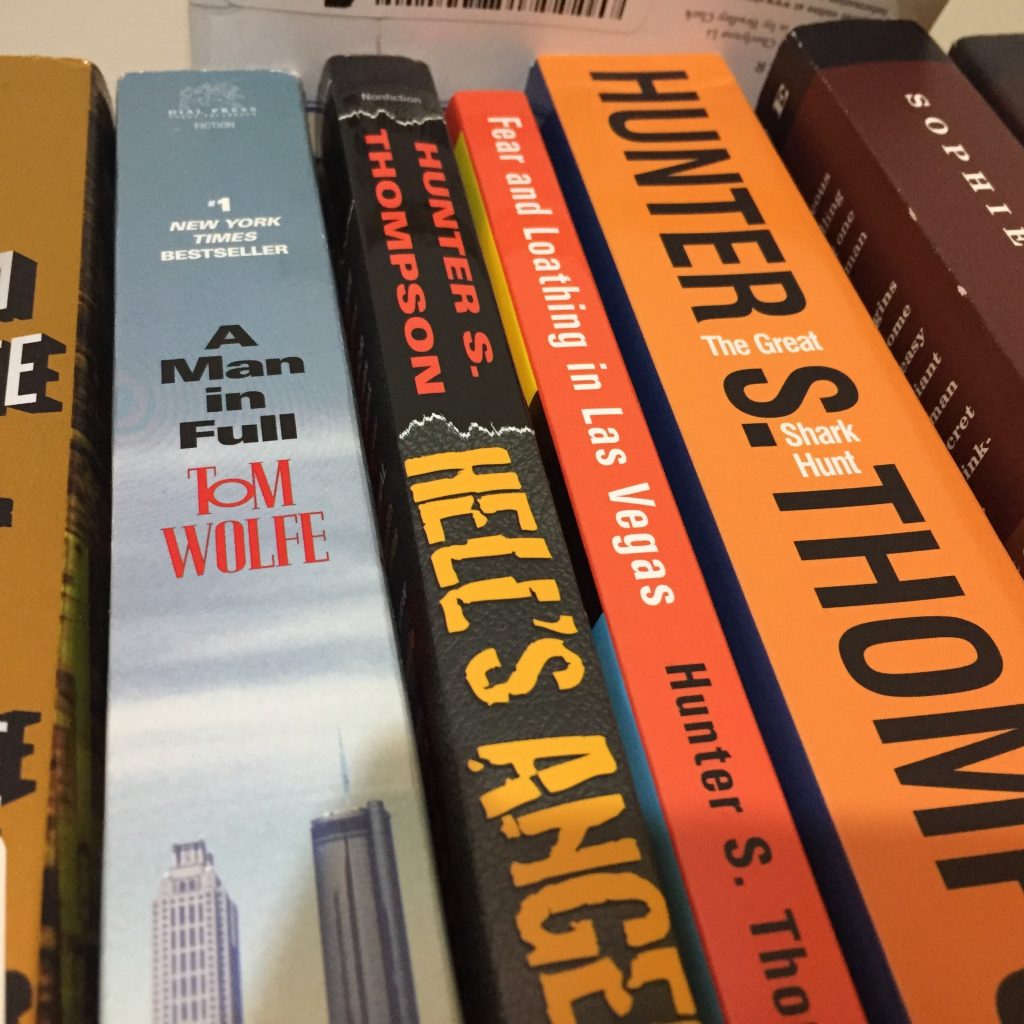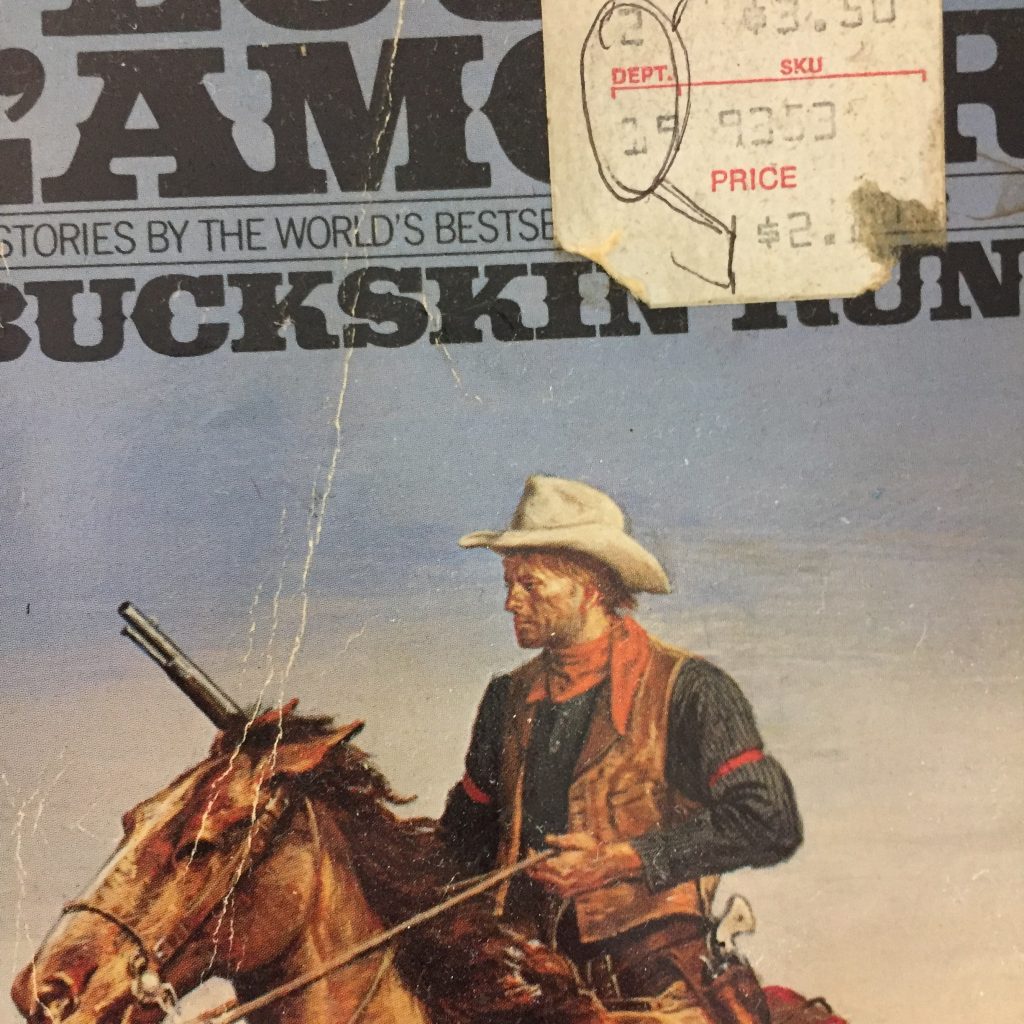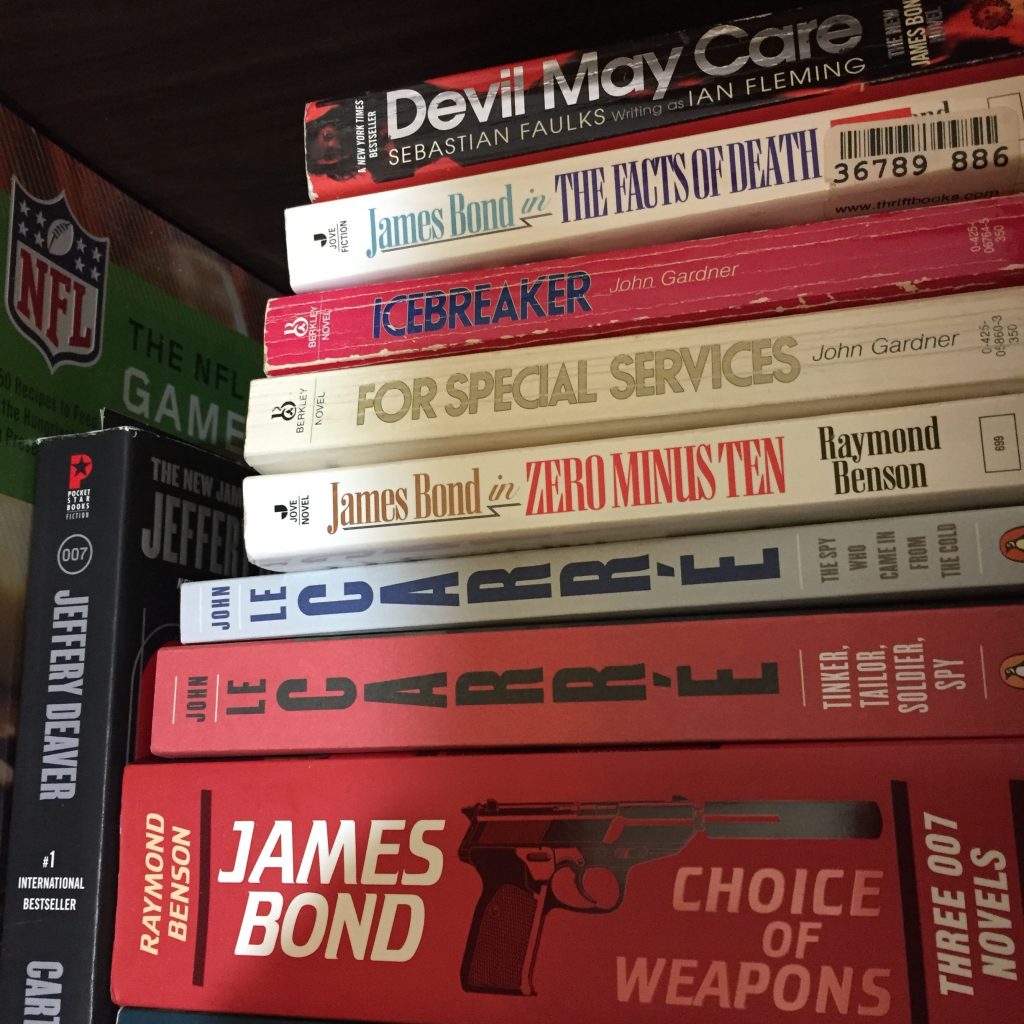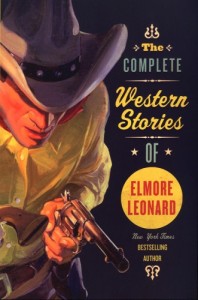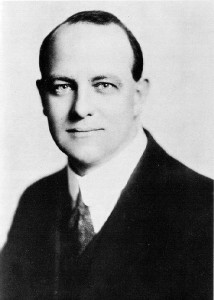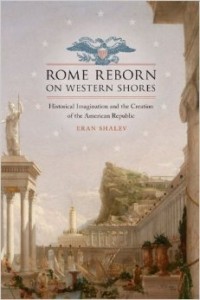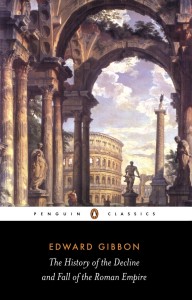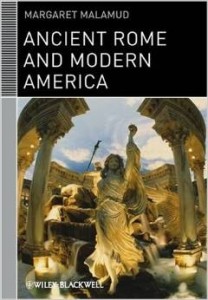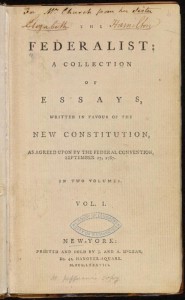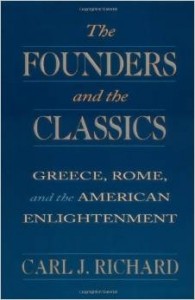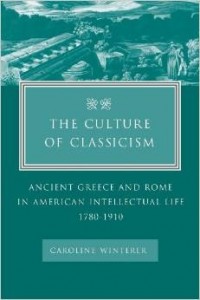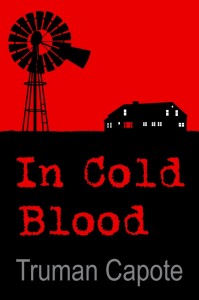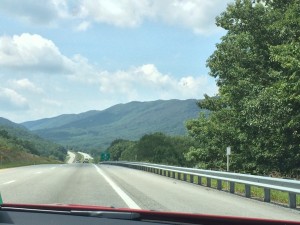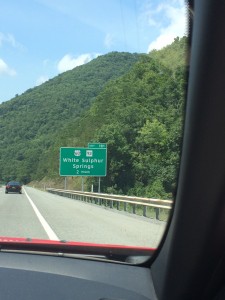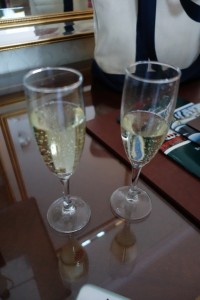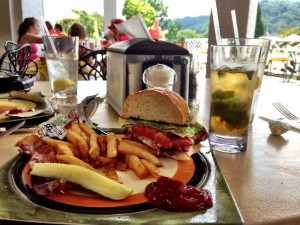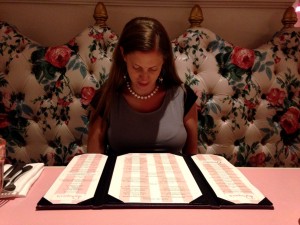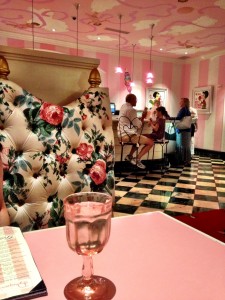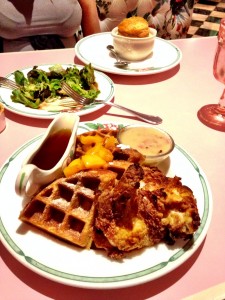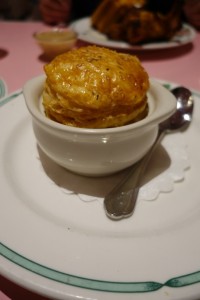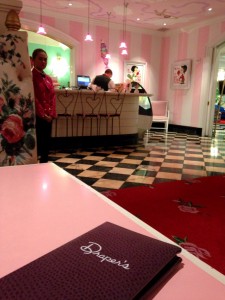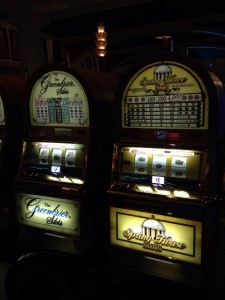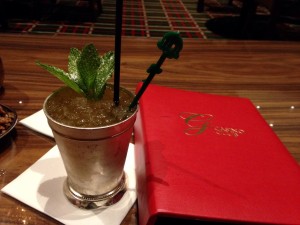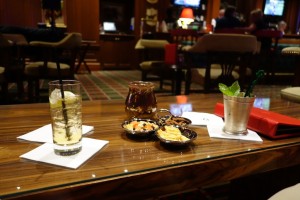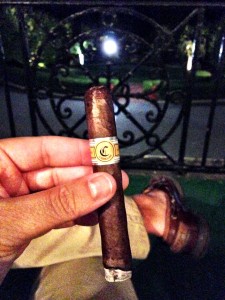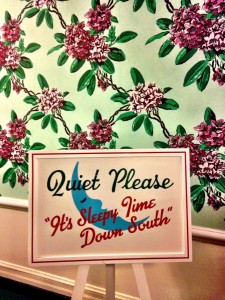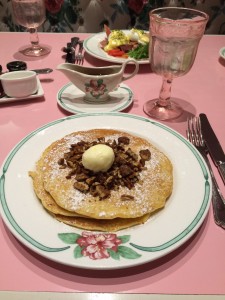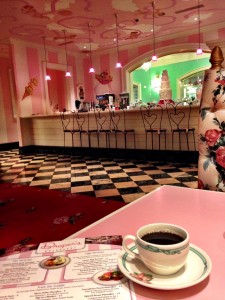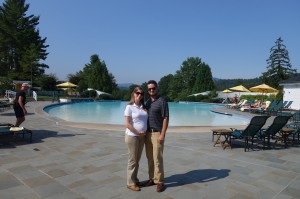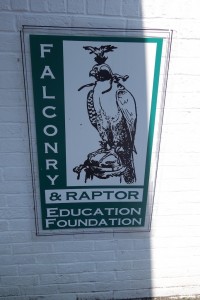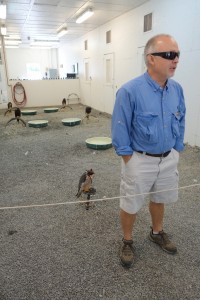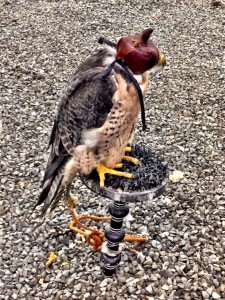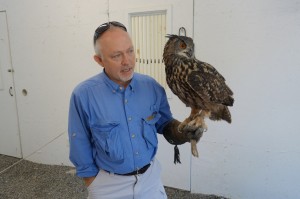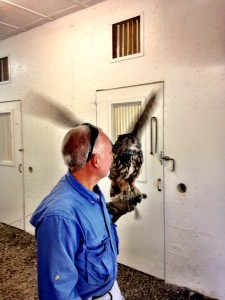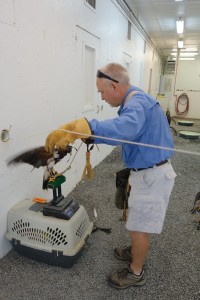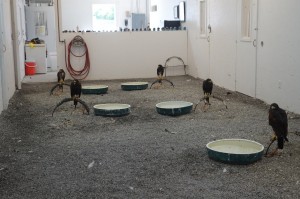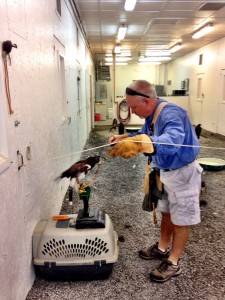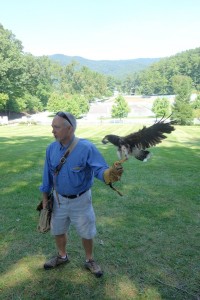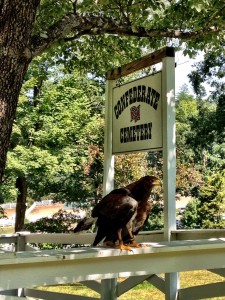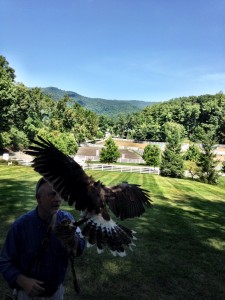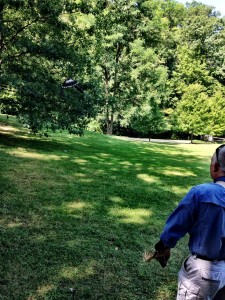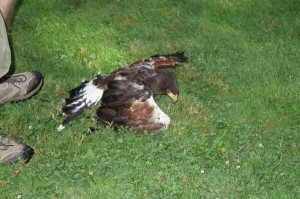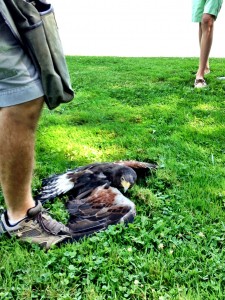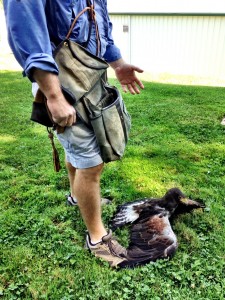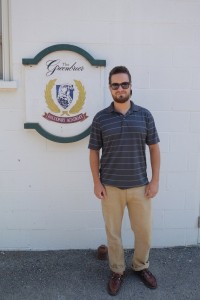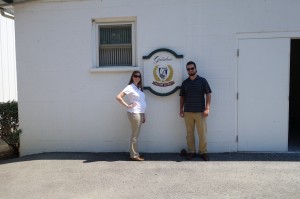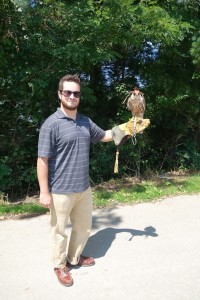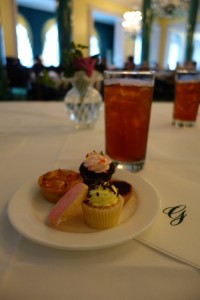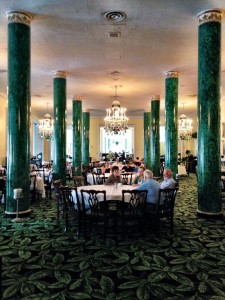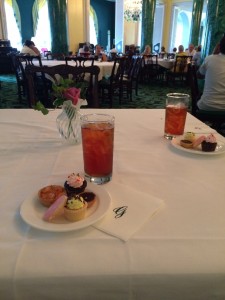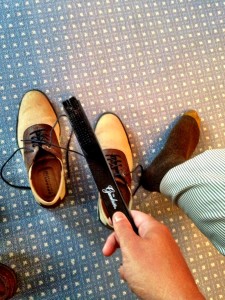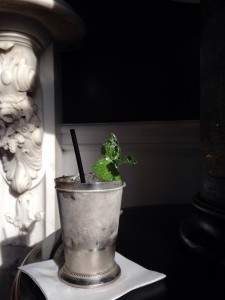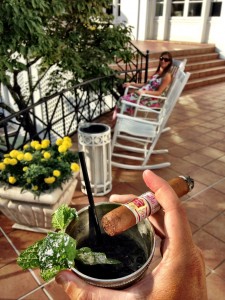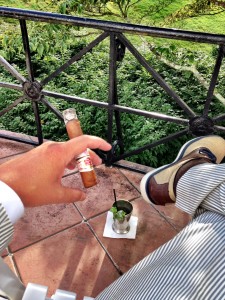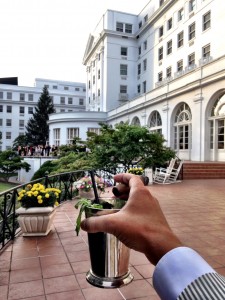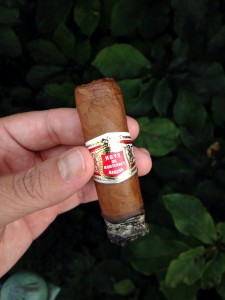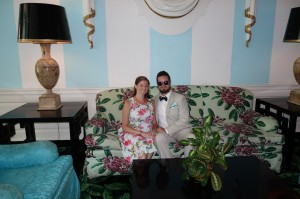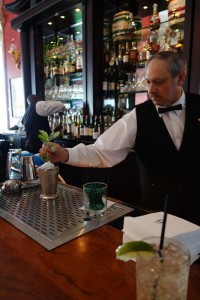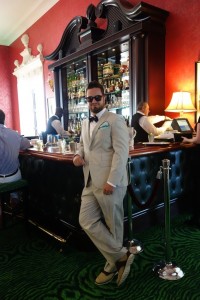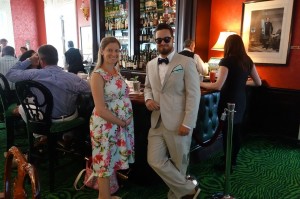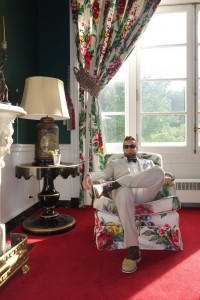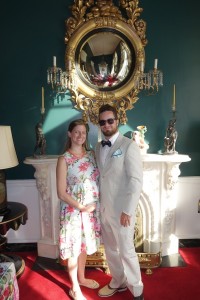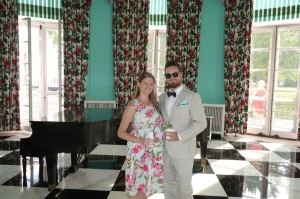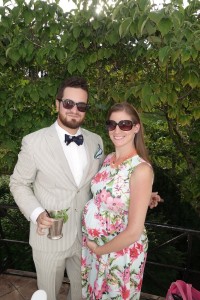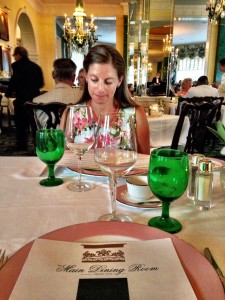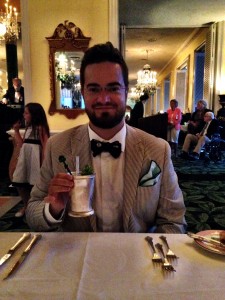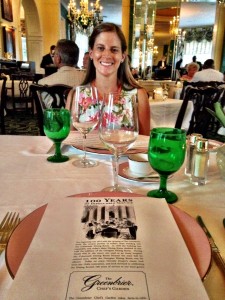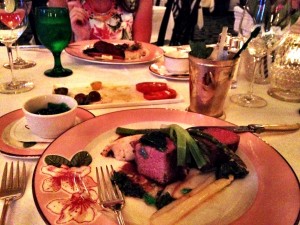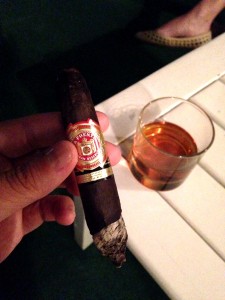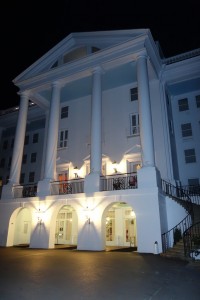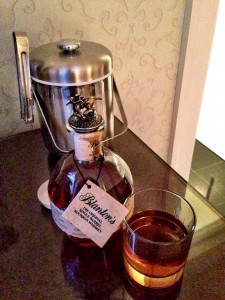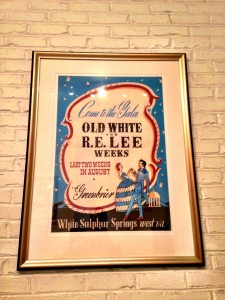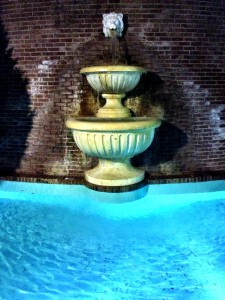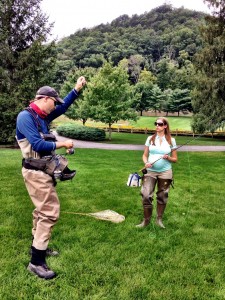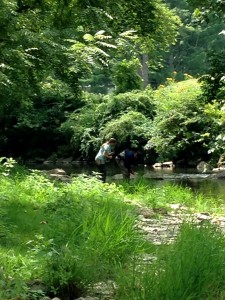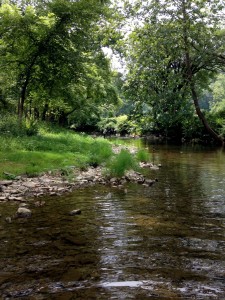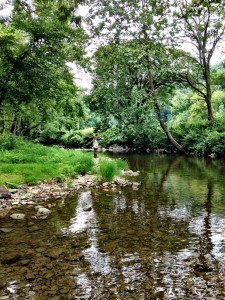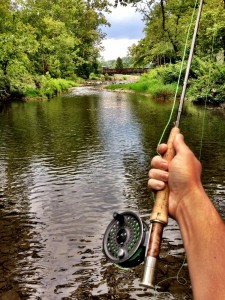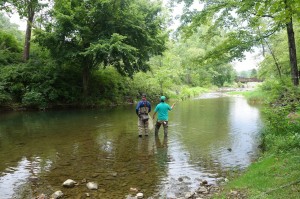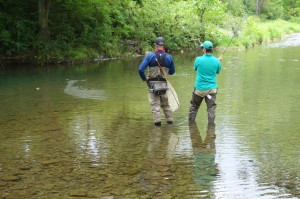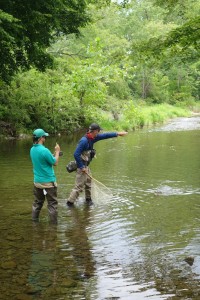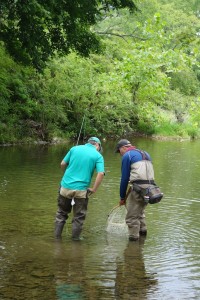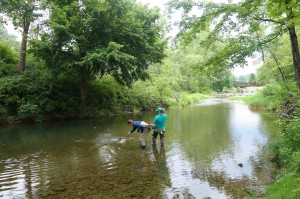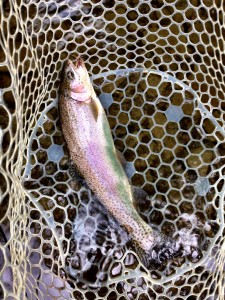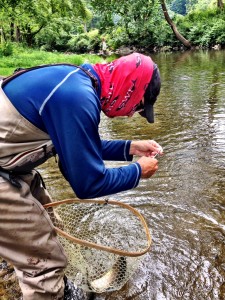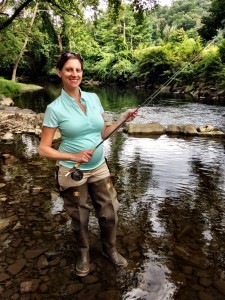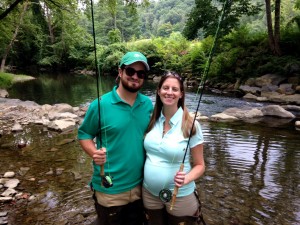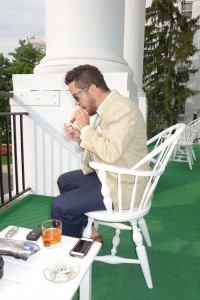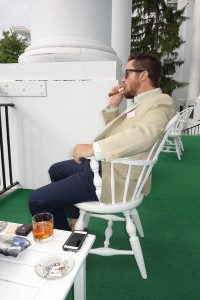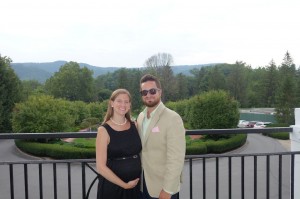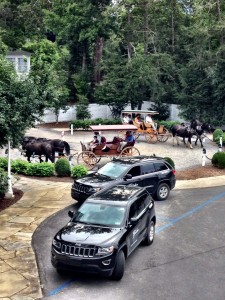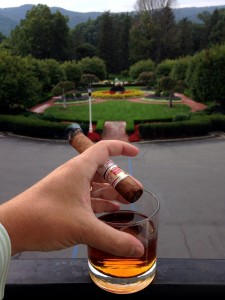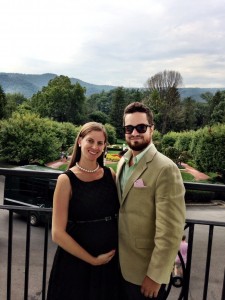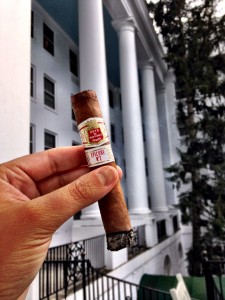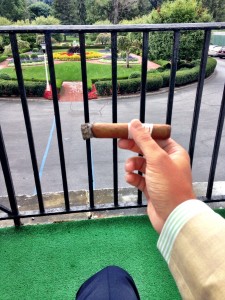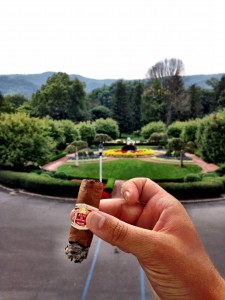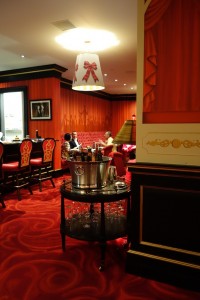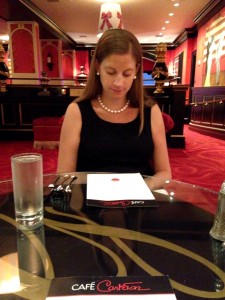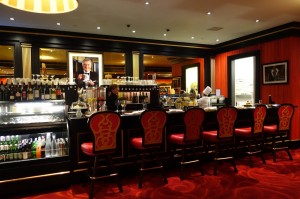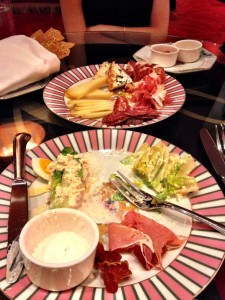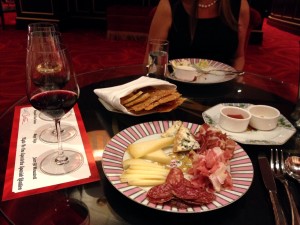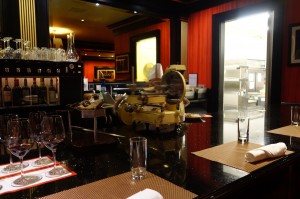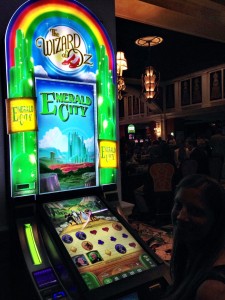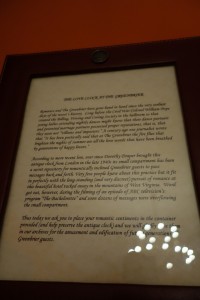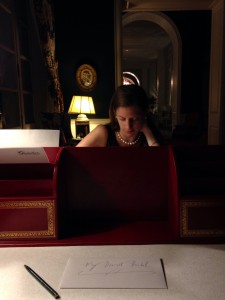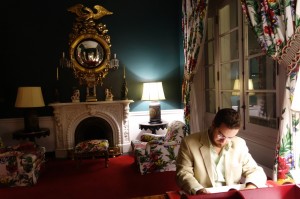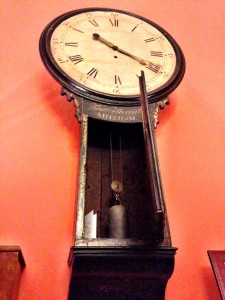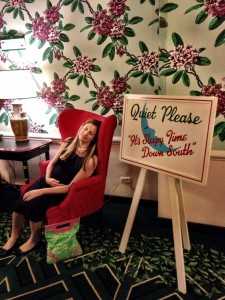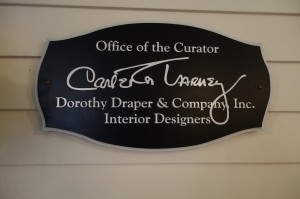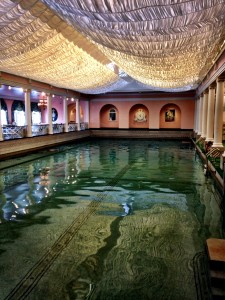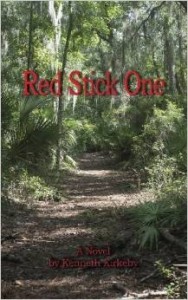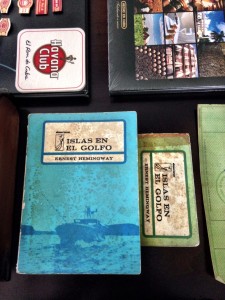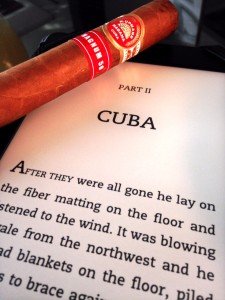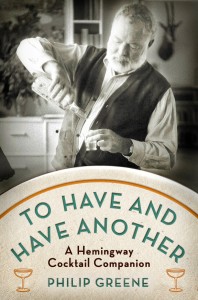A reading list for men by men; A manly book shelf. The best books for men.
The women at my office have a book club, but their selections don’t usually interest me. I realize that one of the benefits of a book club is to read books you otherwise wouldn’t, but as in all things in life, I have limited time. I’d prefer to use that precious time to read books that really speak to me. I’ve tried to start a book club with some friends a few times, but its never worked out. I have joined a few online book clubs through goodreads, and have come across some great books that way. I’ve spent a lot of time choosing books based on recommendations of friends, family, my dad, and lists similar to this one put out by esquire, art of manliness, gear patrol, etc. These aren’t all testosterone-fueled thrillers (some are). There are a selection of books all men should read, and they just might change the way you think. Below are some of my all time favorites.
- I mostly read on my Kindle now, but you get the idea
- Bond
- Wolfe and Thompson
- Papaw’s L’Amour
- More espionage
Hall of Fame (highest recommendation):
The Right Stuff is the best book I’ve ever read. Its a non-fiction account of the Mercury 7, centering around the space race. Wolfe illustrates the mens’ incredible risks and spectacular achievements, while also describing a a frat house atmosphere in which the astronauts constantly tried to one up each other, played pranks, pulled cookies (read it to find out), street raced, etc. I can’t do the book justice in this brief review, but if you want to read about men who are the epitome of the manly American male who made this country the best in the world and beyond, this is a book for you. Despite being nonfiction, it has the feel of a work of fiction. Its very readable, and trust me, you’ll love it.
Two Souls Indivisible is about the improbable rise of Colonel Fred Cherry, his plane getting shot down over Vietnam, and the bond between him and another soldier, a southern white forced into the same cell as Cherry, an african american, by the Vietnamese in an attempt to break both men. Colonel Cherry spent over seven years as a POW in Vietnam. The book is by James S. Hirsch, author of Hurricane. One of my favorite parts of the book, and a story I’ve heard several times in person, is when Colonel Cherry helped lock another plane’s landing gear into position with the wing of his fighter in midair. Thats just a small taste of the amazing things Colonel Cherry has done in his life. I just recently reread the book, and can’t recommend it enough. This book teaches you to dream, that goals can be achieved, and that nothing is stronger than strength of will. Colonel Cherry returned to the United States with honor, the only captive to provide no intelligence whatsoever (not even fake intelligence), under severe torture and duress. This book will inspire you.
Elmore Leonard is the author behind the TV show Justified. I’ve read the Raylan books (which are good), but my favorite work of Leonard’s is his collection of western short stories. You can get through a story in a night or two, and there are a ton of them. If you’re inbetween books, or want a short read, this is a great go-to.
This book, like the movie, is disturbing. What is even more disturbing is how you begin to identify with the protagonist, and how the way the book is written draws you into his psychopathic mind. This book is unique, but I still consider it one of the best books I’ve ever read. Its themes, though dated, are still very relevant today.
I rowed in high school, but I still thought a book about rowing might not be particularly interesting. On my father’s recommendation, I read The Boys in the Boat just prior to the Rio Olympics. This book is not about rowing, though rowers will particularly enjoy it. This book is about the American experience, coming from nothing, working together, and achieving something great. Even if my description of this book didn’t entice you, click the link below, read some more about, and at least download a sample. Its a really spectacular read.
I don’t really know how to describe a Man in Full. The amazon description also leaves something to be desired. If you read the Right Stuff and like Tom Wofle, this you’ll probably also like this work of fiction.
I’ll end this category with a true classic. The writing is beautiful and I’d never read this in school. Best of all, its free for your kindle on amazon:
Page Turners (You won’t put these down):
In Cold Blood is a novelization of a murder of a family. It starts with the backstory of the victims, the killers planning and carrying out the act, and then being on the lam, while the law tries to catch up, eventually resulting in capture, trial, and justice. If you’re interested in more about the plot, check out the amazon link above, or better yet, wikipedia. I found In Cold Blood to be an engaging page turner, and an enlightening insight into the psyches of stone cold killers. From the savagery of the acts, to the lack of remorse on the part of the killers, its a shocking look at what it takes (or perhaps what one must lack) in order to carry out such reprehensible actions. I highly recommend the book, as it was enjoyable to read, and of a subject matter to which I was not very familiar. When I was about halfway through the book, a friend of mine told me that a college girlfriend of his had written a thesis on the accuracy (or rather, inaccuracies) of In Cold Blood, which is credited with being the first (or at least the first highly successful) work of novelized non-fiction.
.
Hemingway. Pamplona and bull fighting. Testing your meddle. This book belongs on the list and has it all. However, just about any Hemingway book would fit this list, and I recommend all that I’ve read. If you go on safari, you have to read The Green Hills of Africa.
.
Another iconic author, especially in the context of manly books. The Rum Diary is Hunter S. Thompson’s first written novel to be published (though it was not published first). I think its also the most accessible of his novels. Its about a young man (Thompson wrote the book when he was 22), on a new job, struggling with the prospect of growing up. Its a great read in your 20s, and its the perfect vacation read for Puerto Rico.
.
Doctor No. was Ian Fleming’s 6th book, but it turned into the first movie. Its classic James Bond. The books are grittier and you’ll really be able to see how great Sean Connery did portraying Bond, but now, how Daniel Craig is a throwback to the literary Bond. If you haven’t read the books, you’re in for a treat.
.
My papaw (grandfather for the uninitiated) always kept a .357 magnum and a Louis L’Amour paperback on his nightstand. Hondo is one of my favorites, as is The Quick and the Dead. If you like L’Amour, you’re in luck, because hes written plenty of novels.
.
How about a modern western? Walt Longmire now has a series on Netflix (pretty good), but I particularly enjoy the books. I’ve read a few, but so far, the first book was the best.
.
If you’re a DMV local like me, here is a book from a local, set in your hometown. Its a mystery written by a DC street cop. Dude does not play by the rules. The protagonist even smokes cigars at Shelly’s, whats not to love.
Things you need to know (#lifetimelearning):
The history of bourbon, and everything you need to know to enjoy and discuss the finest of brown liquor. Cowdery is the authority.
.
This is the only golf book I believe can help your swing. But don’t take my word for it, my handicap is awful.
.
If you’re interested in the history of Rum, and/or Cuba, this book is for you. I read it before a trip to Cuba, which if you haven’t been, you should plan a trip now. While you’re at it, there is another Elmore Leonard book set in Cuba.
This is the perfect Caribbean vacation book. Its a great read, and easily paired with a cocktail.
.
I’m only a cigar smoker, but this was fascinating. Its been a while, so I may reread it…
.
This book is about a very specific subject matter, but is incredibly informative. I highly recommend it if you like Mint Juleps, but you could also read my comprehensive post here.
.
Even if you don’t like soccer, the world is global now, and its time to appreciate it. This is a great read before the world cup. Another great one is The Ball is Round.
.
A Tale of Two Plantations is a very slow and dense read. I read it because I wanted to know more about slavery, a topic that is not taught very well in school. This book is a comparison of American and Caribbean slavery, and is very insightful. Its not comprehensive, but it will teach you many things you never learned in school. Particular attention is paid to Virginia and DC, which made it all the more interesting to me personally.
.
I have a trip planned to the Turks and Caicos later in January. In anticipation of the trip, I’ve downloaded the following on my kindle:
I’ve started Rogue Heroes (25% through), and I already really like it. Its about the history of the SAS. The book is about misfits in the British military raiding German air bases in the African desert at night and changing nature of war by inventing modern combat.
by rsiv withWarning: count(): Parameter must be an array or an object that implements Countable in /home/bonviv6/public_html/wp-includes/class-wp-comment-query.php on line 405
Warning: count(): Parameter must be an array or an object that implements Countable in /home/bonviv6/public_html/wp-includes/class-wp-comment-query.php on line 405
no comments yet
Book Review: A Tale of Two Plantations: Slave Life and Labor in Jamaica and Virginia
I just recently finished Richard S. Dunn’s A Tale of Two Plantations: Slave Life and Labor in Jamaica and Virginia. This book took me over 18 months to finish (see my previous post about it for more detail). I read some other books start to finish in that time, and I also had my first child, but mostly I took so long to finish this book because it is incredibly detailed. I love a good non-fiction book, but A Tale of Two Plantations will not turn the pages the way, say, The Right Stuff did. Thats not the say I didn’t enjoy the book. In fact, I thought it was very informative. The book compares Virginia and Jamaica in in terms of family units, demographics, religion, quality of life, from acquisition to emancipation. It also looks at the lives and roles of slave owners. I think the interesting contrast was that Virginia owners lived closely with their slaves and experienced population growth that allowed them to sell surplus slaves and/or expand their operations. Jamaican slaveowners were absent from their plantations, relying on overseers to continually repurchase new slaves to replace those lost to disease and mistreatment.
The book details the lives of several generations of slaves and slaveholders in Virginia and Jamaica. The book also compares and constrats the two situations. The higher level detail I found to be very interesting. The detail of the individual persons was informative but made for an extremely dense read. Imagine a novel with hundreds of characters, and you will start to see why A Tale was so cumbersome a pursuit. I think I would have preferred to read a higher level comparative analysis without all the details about the individuals, but admittedly, I would have missed a lot of information I found valuable had I enjoyed a more condensed version of the book. While I would recommend the book to those that are very interested in the history of slavery, particularly in Tidewater Virginia, my general feeling is that I’m glad I read this book, but I wouldn’t want to do it again. In the interests of brevity and laziness, I’ll leave you with a few quotes I highlighted via my kindle. Hopefully some the quotes will spark your interest as this really was one of the most informative and enlightening books I’ve ever read.
–
by rsiv with
Warning: count(): Parameter must be an array or an object that implements Countable in /home/bonviv6/public_html/wp-includes/class-wp-comment-query.php on line 405
Warning: count(): Parameter must be an array or an object that implements Countable in /home/bonviv6/public_html/wp-includes/class-wp-comment-query.php on line 405
no comments yet
Light Reading
I’ve recently posted about some pretty dense books. However, I don’t always have the energy to get into something like Roman civilization after work, baby, and some wine with dinner. Its also difficult, at least for me, to jump from one book to another. A large collection of short stories is ideal for these situations. My first suggestion comes from the author of the books that eventually became the show Justified, Elmore Leonard.
These are the dime store westerns that made Leonard famous. There are some well-known ones, like 6:10 to Yuma, and many lesser known stories that are also very good. No matter how tired you are, you can get through a story in a night or two. My affinity for westerns has personal roots. My papaw always had a Louis L’amour book next to his .357 on his nightstand. Its nice to think I’m carrying on some of his traditions.
My next suggestion is the works of P.G. Wodehouse. I first became aware of Wodehouse while reading an interview with the writer of the TV series Archer. He mentioned that his affection for P.G.’s works led to him name a character after Wodehouse (Woodhouse) on the show, that also enables him to provide the show a Wooster-Jeeves dynamic. I find it difficult to articulate why I like the stories. The stories are comedic, not particularly dark, but really you have to read them to understand. I think it would easiest for you to search, “Jeeves and Wooster S1 E1” on youtube, and get an idea for the kind of humor you’ll experience that way. The collection is not limited to short stories, but at least so far, the novels have been broken up by chapter in a way that is conducive for short sporadic reads.
I’m always look for suggestions on what to read. If you’d like to contribute, head over to the contact me page, and I may publish your suggestion.
by rsiv withWarning: count(): Parameter must be an array or an object that implements Countable in /home/bonviv6/public_html/wp-includes/class-wp-comment-query.php on line 405
Warning: count(): Parameter must be an array or an object that implements Countable in /home/bonviv6/public_html/wp-includes/class-wp-comment-query.php on line 405
no comments yet
Lifetime Learning, Greece and Rome, The Classics, The Founding Fathers
I recently read Rome Reborn on Western Shores: Historical Imagination and the Creation of the American Republic (Jeffersonian America). I bought this book in February of 2012. I can’t remember exactly why, but I think maybe I was watching something on the history channel about Rome, the founding fathers, and the classics, and decided that I didn’t know enough about any of the aforementioned topics. I was further intrigued by how these influences played out in Virginia in particular. In history classes, we may have briefly discussed Rome, Greece, and the classics, and then again, when I was in a Greek Letter Fraternity, the topic was touched on again, but I never studied the topics in depth. I bought Rome Reborn in hardcopy as it was not available for kindle at the time. Since it took me three years to get to it, it turns out its finally been digitalized, and with Amazon Kindle Matchbook, I was able to get the digital version for just a couple bucks. Let me start by saying this book examines a very specific topic. Its very dense and more repetitive than I would have liked. A point is made and remade, only to be backed up by one example, as opposed to a more traditional approach of making a point once, and then backing it up with several examples. Even so, I definitely learned a lot. In hindsight, I would have preferred to start with a history of rome, or the founding fathers, and read Rome Reborn after, but live and learn. I graduated college quite a ways back now, waited about three years, and then went back for an MBA. Its been about two or three years since grad school now, and I’ve got a bit of an itch for knowledge. To continue my study of Greece, Rome, and the classics, I’ve collected the following.
I did some research, and it looks like Gibbon’s The History of the Decline and Fall of the Roman Empire is as well regarded a work as one can find on Rome. Hopefully this will give me a better foundation for my further studies.
If I get through Rome, I want to look at Rome as it related to the US, with Ancient Rome and Modern America.
Then I’d like a closer look at the thought processes behind the framing of the constitution, so I’ll read The Federalist Papers (free if you have Amazon prime!). And finally, I’ll look at two more books about how the classics shaped the founders (click on the picture of the book for the amazon link).
And if I’m still interested, I’d eventually like to look at the works/histories/biographies of Cincinnatus, Cato, and Cicero, names, which before reading Rome Reborn, I was unfamiliar.
by rsiv withWarning: count(): Parameter must be an array or an object that implements Countable in /home/bonviv6/public_html/wp-includes/class-wp-comment-query.php on line 405
Warning: count(): Parameter must be an array or an object that implements Countable in /home/bonviv6/public_html/wp-includes/class-wp-comment-query.php on line 405
no comments yet
If you like Ian Fleming’s Bond, read these books (James Bond / 007 alternatives for when you run out)
I’m a big fan of Ian Fleming’s James Bond series of books. A prima facie consideration of the books is not unlike the general impression one gets from the movies. Thrilling action, quips, gadgets, and women. However, in the books, you get all those things, plus travel guides, hotel and restaurant recommendations, what clothes to wear, what to eat, detailed info on guns, watches, etc. Although the information is quite dated, it really is like merging a men’s magazine (like esquire) with an action movie. Admittedly, the movies have become commercialized with a lot of product placement, but you’ll never heard Daniel Craig wax poetic about sea island cotton. The movies just aren’t the same. With only 14 novels, and some collections of short stories, I’m quickly running out of Fleming to read. In fact, I’m purposefully saving certain books to read in certain locations/circumstances. So what does one read when running out of Bond?
The most obvious choice is more Bond. Ian Fleming Publications has authorized many different authors to continue the series. I just finished The Man with the Red Tattoo recently. It has the exotic locals and sophisticated tastes of Flemings books. In my opinion, Benson is the author most true to the original works. However, I also like the more recent takes on Bond, from Faulks, Deaver, and Boyd.
I’m not a huge fan of fiction, and really see it more as a vacation genre. I’ve been changing my mind of this point gradually, and decided to try out some other popular authors in the spy and thriller genres.
le Carré is perhaps the most celebrated current spy author, but I did not enjoy the book. While I imagine it is authentic and realistic, it just isn’t sexy or action-packed. It is highly regarded on Amazon and Goodreads, but I just couldn’t get into it.
Clear and Present Danger was closer to the mark, but it was too political for me. I was much more interested in the special ops on the ground than the politicians fighting in Washington. Again, no one was drinking Bollinger or shopping on Savile Row (though I believe the Cuban guy might have enjoyed a cigar and some kind of aperitif). Tom Clancy is all business and no pleasure.
Jack Reacher is an interesting character. An American protagonist created by an English thriller writer. To me, it seems that Child tried to created an American James Bond. Unsophisticated, no-nonsense, and simplistic. Its kind of an Imperialist take on Americans that Americans will likely find slightly offensive. While Reacher is self-reliant and effective, he comes off as a caricature of an American, not unlike Ricky Bobby. Reacher is on a cathartic journey of right wrongs. He accomplishes this task via personal/intimate physical violence. He is a far blunter instrument than Bond. Killing Floor has plenty of action, a love interest, and is coffee fueled (not unlike Fleming’s Bond), but it doesn’t have the class and sophistication of Bond that I love. Reacher drifts around the US unemployed and in dirty clothes, randomly getting into interesting situations. While reading The Man with the Red Tattoo, I thought I’d like to visit Japan. I thought I might want to get some sushi and try some different sakes. I ordered some Japanese whiskey I couldn’t get locally. Jack Reacher does not introduce you to new things. At least not if you live in the American south where the first book takes place. I thought Killing Floor was a good read, and I might even try another Jack Reacher book, but its no Bond.
So in conclusion, if you like bleak suspenseful and dark spy novels, you might want to give le Carré a try. If you’re more into political technothrillers, some Clancy might float your boat. If you like action and seeing bad guys get whats coming to them, Child’s Jack Reacher is your man. If you require action, style, exotic locals, black tie affairs, gambling, cars, and la dolce vita as enjoyed by a true bon vivant, you’ll have to stick to Fleming, his successors, and perhaps like me, anxiously await the next installment of Bond by Anthony Horowitz (featuring unpublished content by the man himself, Ian Fleming).
(Click the BOOKS category on the left to see more suggestions and reviews).
UPDATE: This post has been getting a lot of traffic, so I thought I’d add one more book and few more author suggestions. The book is from an up and coming author, and you’re not likely to hear about it elsewhere.
Red Stick One is an adventure/thriller about love, loss, and revenge. The plot of Red Stick One, has the protagonist on the trail of the man that killed his father figure. During the action, we get a few flashbacks to ‘Nam and a love story. The main character is an avid outdoorsman, wildlife officer, veteran, and east-coaster. The book has an Elmore Leonard vibe to it (which is another author you should look into if you’re not familiar).
by rsiv withWarning: count(): Parameter must be an array or an object that implements Countable in /home/bonviv6/public_html/wp-includes/class-wp-comment-query.php on line 405
Warning: count(): Parameter must be an array or an object that implements Countable in /home/bonviv6/public_html/wp-includes/class-wp-comment-query.php on line 405
no comments yet
Capote – In Cold Blood
I just finished reading In Cold Blood by Capote. In Cold Blood is a novelization of a murder of a family. It starts with the backstory of the victims, the killers planning and carrying out the act, and then being on the lam, while the law tries to catch up, eventually resulting in capture, trial, and justice. If you’re interested in more about the plot, check out the amazon link above, or better yet, wikipedia. I found In Cold Blood to be an engaging page turner, and an enlightening insight into the psyches of stone cold killers. From the savagery of the acts, to the lack of remorse on the part of the killers, its a shocking look at what it takes (or perhaps what one must lack) in order to carry out such reprehensible actions. I highly recommend the book, as it was enjoyable to read, and of a subject matter to which I was not very familiar. When I was about halfway through the book, a friend of mine told me that a college girlfriend of his had written a thesis on the accuracy (or rather, inaccuracies) of In Cold Blood, which is credited with being the first (or at least the first highly successful) work of novelized non-fiction. I had a strong urge to investigate these claims immediately, but instead, I finished the book before reading about the controversies.
After I put the book down, I immediately got on the internet to investigate the claims about inaccuracies. In my opinion, the license taken by Capote was minimal. I realize he promoted the book, saying that, “every word” was true. However, the discrepancies that have been proved seem inconsequential to the overall theme/purpose of the book. Any discrepancies between fact and the book seem immaterial. Potential embellishments seem believable if not probable. The result is a book close to fact with good flow.
The main issue most seem to have with the book is the account of how a tip provided to the investigators plays out. It does seem like there is a clear discrepancy between the book, and the official account of the event. I can’t say I fully understand why this scene was modified from fact, but it does fit in the overall context of the book. The only difference I can ascertain from the modification is that the lead investigator comes out looking a little better. The book states that the lead investigator acted on a tip the same day he found out, and then dispatched a single man to check out the lead. The man interviewed some people on the pretense of a parole violation, when in reality, he was interested in catching the murderers. Its since been proved that in reality, the tip was not acted upon for five days, at which time four men were dispatched, who made no pretense about their purpose. Does this discrepancy damage the credibility of the author overall? Perhaps. Does it impede the efficacy of exploring and contemplating right and wrong, love and loss, mental health, crime and punishment, revenge, good and evil, justice, etc.? In my opinion, not at all. I certainly was not going to read a government report of the incident, and its unlikely that I’d have been interested in an old newspaper article about a murder over half a century ago in the middle of nowhere. Capote created a interesting and accessible work of art, that is based on fact, and takes some creative license in order to present a cohesive narrative with good flow. Even a factual account would omit some facts, but a straight factual account would not be as engaging. It would not present fascinating characters. It would not make the victims relatable and respectable, and the killers mysterious and intriguing. We would not be drawn into the investigator’s obsession. This is what makes In Cold Blood revolutionary, and what separates it from a simple journalistic account of the murders. The proved discrepancies, and potential embellishments do not seem to materially change the axioms of the book, so I don’t fault Capote for taking license with the work.
I think the most intelligent argument against In Cold Blood would be that engaging, but completely accurate books have been written, so therefore, there was no need to deviate and embellish. The best example I can think of is more of an historic account, rather than a novelization, but the stories are told in narrative prose, in a fairly similar style to a novel. Where Capote was interested in the wrong stuff, Wolfe chronicled the opposite. The difference between Wolfe’s The Right Stuff, and In Cold Blood, is that The Right Stuff concerned well-documented events, and heros that the public could forgive a few faults. Facts were easily checked, and accounts were less likely to be fabricated. In dealing with reprehensible acts, the truth may never be known, even to the perpetrators themselves. Capote likely dealt with conflicting stories, and had to assemble from many parts, the best, most accurate story possible. Capote had to connect the dots and fill in some gaps. Wolfe was more likely concerned with which of many true stories were most interesting, and most relevant. He also probably had to choose between accounts based on which was most entertaining, as opposed to which was most accurate. Working with less certainty, and likely knowing that a hundred percent level of accuracy was not possible (the killers might have been lying, even to themselves, and the dead could certainly not come back to tell their tale), Capote was probably less concerned with total accuracy than he was with efficacy of the story’s message. I think Capote ended up with a powerful tale, mostly factual, which left a mark on literature forever.
Here are a couple of articles I read before posting: One, Two.
by rsiv withWarning: count(): Parameter must be an array or an object that implements Countable in /home/bonviv6/public_html/wp-includes/class-wp-comment-query.php on line 405
Warning: count(): Parameter must be an array or an object that implements Countable in /home/bonviv6/public_html/wp-includes/class-wp-comment-query.php on line 405
no comments yet
The Greenbrier, Babymoon, Falconry, Fly Fishing
My wife’s company provides a stipend for employees to enjoy a babymoon (like a honeymoon but for expectant parents). Friday morning, we put the top down and headed to West by God Virginia. It was a beautiful sunny ride down, and since the drive was about 4 hours, I almost got too much color. We chose The Greenbrier because we hadn’t been in seven years, and its America’s great resort. Its absolutely beautiful, luxurious, delicious, comforting, and full of adventure (as you’ll see below). It really is a special place.
We enjoyed the decor, got settled, and then hit the pool for a late lunch and some mountain sunshine.
For dinner, we went to Draper’s. I went with some amazing chicken and waffles and the wife had a pot pie. Everything, including the service, was excellent.
This was our first trip to The Greenbrier since they added the casino. I was a little skeptical when I heard about the addition, but it was well done and enjoyable. After my first proper julep (though The Greenbrier insists on serving their julep with a full length plastic straw – they could at least cut it to proper length), we saddled up to the craps table. We just about doubled our money and decided to celebrate with some Blanton’s and a cigar.
We’d only been at The Greenbrier for ten hours, but we’d already had a great time. We couldn’t wait for more pool time, falconry, fly fishing, food, and more fun.
Day two started with Southern Eggs Benedict with fried green tomatoes and Virginia ham.
My wife and I have talked about trying out the sport of kings for a while. Since my wife can’t shoot, ride horses, etc., due to her pregnancy, we finally had a great reason to check it out.
The scale that the hawk is perched on was one of the most interesting parts of the demonstration. Only hungry birds will hunt, so their weight has to be monitored. We also found out that a Harris’ Hawk can be trained in only about 8 weeks.
Falconry consists of the handler walking around, trying to scare up prey, while the hawk perches above and watches. Hunting with larger birds can involved separate handlers and flushers.
When the hawk makes a kill, it shields its spoils and is very possessive. Its important for the handler to quickly offer meat to the hawk in order to get possession of the kill.
We had a great time and learned a lot about falconry. My favorite was the owl. Apparently, an owl could help me with my feral cat problem at home… The falcon definitely looked the coolest. After Falconry, we relaxed at the pool until tea time. This flowah was wiltin’, so I opted for iced tea.
After tea, we changed for dinner. It was great that The Greenbrier provided a garment brush since my shoes picked up a bunch of fuzz on the trip down. This was the night of our dinner in the main dining room, so we put on our best, took some pictures, and enjoyed some libations.
I’m surprised my wife didn’t get a dress code reminder card for wearing camo:
At dinner, I opted for a julep rather than a glass of fine. Then I ordered some lamb, which unbeknownst to me, came with mint jelly. It actually paired pretty well. The live jazz was also an unexpected but welcome accompaniment.
After dinner, we lost the previous night’s winnings and then some in record time at the craps table. With the table cold and it still early, we grabbed our kindles, poured some blanton’s, and picked out a cigar. The porch below provided an excellent location to enjoy the evening. It had cooled off, and was beautiful out.
The fountain below used to be outside of a restaurant at The Greenbrier that no longer exists. My family did a 12 course tasting menu with wine pairings there once. It was the first time my future wife and mother got tipsy around each other. It reminded us of that great time we had and we were glad its still there.
Day Three started with a Dorothy Draper omelet (Virginia ham, green peppers, shiitake, American cheese). We had a leisurely morning in the hotel, and then went down to the outfitters’ for our excursion.
Another activity we’d been wanting to try, and that pregnant women can do is fly fishing. Our instructor, Demian, taught us the basics of roll casting, and then quickly got us on a picturesque stream. It was a little colder than usual, rain was coming in, and it was overcast. It wasn’t the best season for fly fishing, but the conditions weren’t bad at all. It couldn’t have been more than fifteen minutes before I landed a fish. I was able to keep good tension on the barbless hook by stripping the line, and after a short fight, I netted my first fish on the fly ever. Just a short while after that, my wife hooked up. Demian was over with me still, and after setting the hook, she yelled, “Fish on!!!” Demian laughed, and hustled over to give her a hand. A few hours later, we’d caught 14 fish between us. I credit Demian’s teaching abilities and skill at his passion. HB initially struggled with keeping the rod bent and tension on the line, but he was able to show her how to successfully bring in a fish (and she landed plenty). He was quick to switch out flys that were not hitting, and deftly handled any snags we caused while figuring out the cast. We really can’t thank Demian enough (though the last thing I need is another expensive hobby).
I have a friend that offered to teach me fly fishing if I taught him sporting clays. Now that I know the basics and have landed a fish, I might have to take him up on his offer. The weather had held out, so we changed for dinner and went out to our sitting spot. I’d finished the book I brought, The Paris Wife, and decided to start on A Moveable Feast (to get both sides of the story).
I thought the picture above was an interesting juxtaposition of old and new. Not unlike The Greenbrier itself.
We’d had such a pleasant dinner at Draper’s we almost went back. Instead, we decided to give Cafe Carleton a try. My wife did the prix fixe option, and I order a charcuterie plate. Both were very good, as was the wine flight: No one expects the Spanish Libation. The food was spectacular, and our waitress, Jennifer W was a lot of fun and made great recommendations. After a decadent meal we played the rest of our comp’d slots and then played a few hands of roulette. Nothing hit, but I optimistically reflected that I’d rather be lucky on the trout stream than in the casino.
We ending the night by participating in an old Greenbrier tradition. I won’t explain it, as the text in the picture below should do so better than I could.
We decided not to mess with success, and went back to Draper’s for our last breakfast at The Greenbrier. I had the Springtime omelet: jumbo lump crab, asparagus, and brie. Our waitress on our last day was not rude, but was not particularly chipper either. Everyone has off days. However, our first waiter, Adrienne came over to greet us. He has noticed that we’d been there three days in a row. He was very friendly, and at least on that day, was a beacon of cheerfulness in a sea of frowns. Adrienne truly improved the quality of our stay.
Later that morning, my wife went to the spa for a prenatal massage and I took my kindle and coffee down to the pool. An elderly lady (lets say at least 75) was swimming lap after lap, and inspired me to swim a few. I got a little winded, but lets blame that on all the booze the night before.
After a short walk, we packed up and checked out. At reception I heard a gentleman say that he had been since the 4th of July and was staying until Labor Day. I was more than a little jealous. HB and I took one last look, and headed off to our next adventure. I don’t know how soon, but I know the three of us will be back.
by rsiv withWarning: count(): Parameter must be an array or an object that implements Countable in /home/bonviv6/public_html/wp-includes/class-wp-comment-query.php on line 405
Warning: count(): Parameter must be an array or an object that implements Countable in /home/bonviv6/public_html/wp-includes/class-wp-comment-query.php on line 405
no comments yet
Red Stick One by Kirkeby, Review
I mostly read classics, or novels from very established authors. You are pretty much guaranteed a good book, and there are plenty of them out there. However, I recently got to talking to an author on Twitter, and decided to branch out. He likens himself to Hemingway (definitely in my top 10), and even has a sport fishing book. His newest novel, Red Stick One, is an adventure/thriller about love, loss, and revenge. The plot of Red Stick One, has the protagonist on the trail of the man that killed his father figure. During the action, we get a few flashbacks to ‘Nam and a love story. The main character is an avid outdoorsman, wildlife officer, veteran, and east-coaster. When I bought the book, I was hoping for a western-style feel, with a more relatable story. Thats exactly what I got. I am no cowboy, but I do consider myself an outdoorsman. Its a lot easier for me to follow along during a hunt than on patrol looking for ‘pache. Overall, I thought this was a great summer read. If I had to provide one criticism, I’d say that the dialogue during the romantic scenes was a little clunky. However, the engaging plot, quick pace, and country voice, all more than made up for it. Red Stick One reminds me of Elmore Leonard’s Appalachian-based work, which I believe to be high praise. Before heading out for the last vacation of summer, throw Red Stick One on the kindle. You won’t regret it.
by rsiv withWarning: count(): Parameter must be an array or an object that implements Countable in /home/bonviv6/public_html/wp-includes/class-wp-comment-query.php on line 405
Warning: count(): Parameter must be an array or an object that implements Countable in /home/bonviv6/public_html/wp-includes/class-wp-comment-query.php on line 405
no comments yet
Islands in the Stream – Hemingway
I chose to read Islands in the Stream while I was in Cuba because of Hemingway’s real life connection to Cuba, because we were able to visit Hemingway’s home in Cuba, and because most of the book takes place in Cuba. While was I was Cuba, I only got through the first section, which did not take place in Cuba, but it was an enjoyable Island read none the less. The book’s protagonist is perhaps the most autobiographical of any of Hemingway’s main characters. Its an interesting window into Hemingway’s later life. He does not even change the name of his home in Cuba in the book, and the main character frequents many of Hemingway’s favorite watering holes while not hunting Germans. If you’ve not read Hemingway before, I don’t suggest starting here. If you’re read some of his more popular works, this is a great read for the Hemingway fan. If you’re looking for a light summer read, this probably isn’t for you. If you don’t mind a dark story of love and loss, told in the manly context of fishing, fighting, drinking, carousing with prostitutes, and hunting Germans (but also snuggling cats), this book will put some hair on your chest.
Also, all Hemingway books are best enjoyed with the companion book: To have and have another. I made several of Hemingway’s cocktails for Memorial Day, and enjoyed one at La Floridita.
by rsiv withWarning: count(): Parameter must be an array or an object that implements Countable in /home/bonviv6/public_html/wp-includes/class-wp-comment-query.php on line 405
Warning: count(): Parameter must be an array or an object that implements Countable in /home/bonviv6/public_html/wp-includes/class-wp-comment-query.php on line 405
no comments yet
